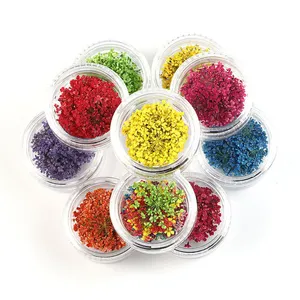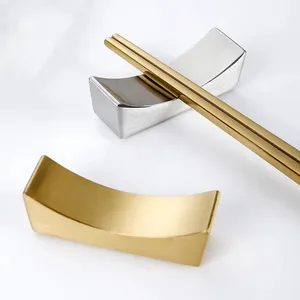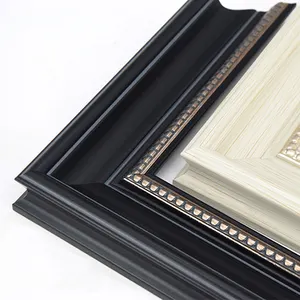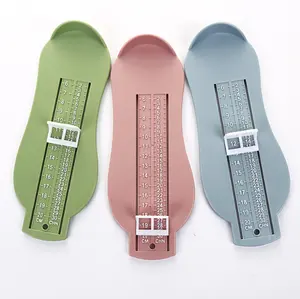Popular in your industry









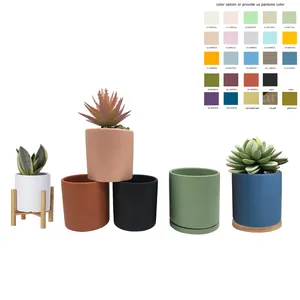































Related Searches:












































































































































Top categories
About colorful ceramic planters
Introduction
In the ever-evolving world of garden design, 2023 brings a trend that marries aesthetics, functionality, and sustainability: ceramic planters. These versatile pieces, available in a plethora of shapes, sizes, and colors, are not just a stylish addition to your garden, but also a testament to our growing consciousness towards sustainable living. This article delves into the rise of ceramic planters, their benefits, aesthetic appeal, and how to choose the right ones for your garden. We also explore how to incorporate them into your garden design, maintain them, and even repair them if needed.
The Rise of Ceramic Planters in 2023
Indoor and outdoor pot design is constantly evolving, and 2023 is set to bring some exciting new trends. One trend that is likely to retain its popularity is the use of natural and organic materials, including ceramic for indoor pots. These materials not only add a rustic and earthy feel to any space, but they are also durable and long-lasting. Moreover, natural materials fit into the sustainable and biophilic aesthetic. So, the rise of ceramic planters in 2023 is not just a trend, but a reflection of our growing consciousness towards sustainability and natural aesthetics.
Why Choose Ceramic Planters?
Ceramic planters are an excellent choice for your garden due to their aesthetic appeal, durability, and functionality. They come in a wide variety of shapes, sizes, and colors, providing a unique character to your garden. Ceramic containers are also more durable than plastic ones, supporting even top-heavy plants. They offer advanced moisture and airflow, facilitating essential plant nutrients and creating a healthy environment for plant growth. Additionally, ceramic pots maintain temperature effectively, protecting your plants from sudden temperature shifts. They can be used both indoors and outdoors, making them a versatile choice for any plant enthusiast.
Benefits of Ceramic Planters
Ceramic planters offer a variety of benefits. They come in diverse shapes, sizes, and designs, adding aesthetic value to your space. Ceramic containers are durable, capable of supporting top-heavy plants due to their weight. They provide advanced moisture and airflow, facilitating essential plant nutrients and trapping moisture and fertilizer in the soil. Ceramic pots maintain temperature effectively, shielding plants from sudden temperature shifts. They can be used both indoors and outdoors, with most being waterproof.
Aesthetic Appeal of Ceramic Planters
Ceramic planters can significantly enhance the aesthetic appeal of your outdoor spaces. With a simple makeover, such as spray painting, you can transform ordinary ceramic pots into vibrant, eye-catching planters. The choice of color can be customized to match your patio theme or outdoor cushions, creating a harmonious and visually pleasing environment. Whether it's a candy apple red or navy blue, the glossy finish of the paint adds a touch of elegance to the planters. This easy and budget-friendly makeover can completely revamp the look of your deck or patio in no time.
Choosing the Right Ceramic Planters for Your Garden
Choosing the right ceramic planter for your garden involves considering several factors. The size of the planter is crucial; select a pot that is 1-2” larger than the current size if the plant is in a 10” pot or smaller. For larger plants, choose a pot that is 2-3” larger in diameter. Also, consider the material of the planter. Porous ceramics like terracotta dry more evenly than plastic pots, and ceramic planters are great choices. If you're worried about weight, fiberglass planters are ideal for plants 8" or larger in diameter. Remember, horticulture is as much of an art as it is a science.
Consider the Size and Shape
When choosing a ceramic planter, consider the size and shape carefully. The size of the planter should be 1-2” larger than the current size if the plant is currently in a 10” pot or smaller. If your current pot size is >10”, choose a pot that is 2-3” larger in diameter. The shape of the planter can also influence the growth and health of your plants. Round pots are usually meant to contain one plant, while irregularly sized planters can contain many plants. Remember, the choice of planter size and shape is crucial for the well-being of your plants.
Selecting the Right Colors
Color plays a significant role in setting the mood and tone of your garden. When selecting the right colors for your ceramic planters, consider the vibe you want your garden to give. Soft creams, blushes, and whites can create an airy, ethereal space. Cool blues and purples can provide a calming effect. Vibrant reds, oranges, pinks, and yellows can create a garden that’s playful and full of life. Delicate pastels can convey warm, gentle feelings. The psychology and theory of color can be used to create a space that feeds your soul in a way that suits your sensitivities.
Matching Planters with Plants
Choosing a planter for your plant isn't just about style, but also about the health and longevity of your plant. It's crucial to consider the size, material, and drainage of the planter. For indoor plants, ceramic planters are a great choice as they can help wick excess moisture out of the soil and assist with drainage, making them a better option for those that tend to overwater their plants. The style of your pot should complement both your plant and its surroundings, not overpower them. A well-chosen ceramic planter can highlight the beauty of each plant.
Incorporating Ceramic Planters into Your Garden Design
Incorporating ceramic planters into your garden design can be a fun and creative process. One idea is to create a ladder of colorful potted plants, which adds a unique touch to your patio or garden. Alternatively, you can design a vertical garden with your pottery, which is an excellent choice for smaller outdoor spaces. Monochromatic color schemes can make your landscape design look more intentional and stylish. Always opt for varying heights in your pottery arrangements to add visual interest and depth. Remember, the key is to mix and match different sizes, shapes, and colors to create a visually appealing garden.
Creating Focal Points with Ceramic Planters
A well-placed ceramic planter can serve as a spectacular focal point in your garden, adding structure and interest. It can make a border settle into perfection, give a pathway an exciting destination, or turn a patio into a stage for a botanical show. A colorful ceramic planter can lift the eye, make the best of an eyesore, highlight a plant’s peak season, encourage visitors to meander, fill up a blank wall, emphasize a sight line, and create a centerpiece. If your ceramic planter has enough style, it may not need plants to do its job as a focal point.
Grouping and Spacing Your Ceramic Planters
Grouping and spacing your ceramic planters can significantly enhance your garden's aesthetic appeal. The art of arranging pots attractively, known as 'potscaping', can be applied to ceramic planters. Group pots made from the same materials together, or based on their color palette. Create a triangle with your pots, choosing a tall container as a central piece and placing smaller containers around it. The height contrast creates an interesting focal point. This may require some practice and patience, but the result is very satisfying. Remember, the key is to keep the palette simple: around two or three complementary colors are enough.
Maintaining Your Ceramic Planters
Maintaining your ceramic planters is crucial for their longevity. Over time, they can accumulate dirt, soil, and white mineral build-up due to water absorption. Mold and mildew can also be a problem. These issues require more than a simple hose-down. Unglazed pots can be cleaned with a vinegar solution, while glazed pots, which resist stains better, can also benefit from this method. Alternatively, a baking soda paste can be used to dissolve salt stains. Remember to dry your pots properly after cleaning. If needed, this is also a good time to drill new drainage holes.
Cleaning and Care Tips
Ceramic pots, known for absorbing water, often accumulate stubborn stains like soil, mineral build-up, mold, and mildew. Cleaning unglazed pots requires a thorough scrub, while glazed pots, due to their stain-resistant nature, can be cleaned with a simple hose-off or a vinegar solution. Alternatively, baking soda can be used to neutralize and dissolve salt stains. Create a baking soda paste, apply it to the ceramic, and scrub it off with a sponge. After rinsing, your ceramic planters will look brand new.
Repairing and Preserving Your Ceramic Planters
Ceramic planters can sometimes break due to weather conditions or mishandling. However, they can be repaired using a 2-part epoxy. First, clean the broken planter thoroughly, removing all dirt and debris. Then, mix the epoxy and apply it generously to one side of the broken planter. After applying the epoxy, join the two parts together and clamp them using bungee cords or any other preferred method. Let the planter cure for about 15 hours before using it again. This method helps preserve your favorite ceramic planters, saving you the cost of buying new ones.
Conclusion
Ceramic planters, with their myriad benefits and aesthetic appeal, are a trend that's here to stay. They offer a unique character to your garden, are durable, and provide a healthy environment for plant growth. Choosing the right ceramic planter involves considering factors like size, shape, color, and matching it with the right plant. Incorporating them into your garden design can be a creative process, and maintaining them ensures their longevity. Even if they break, they can be repaired, making them a sustainable choice. In essence, ceramic planters are a beautiful, functional, and eco-friendly addition to any garden, reflecting our growing commitment to sustainability.

